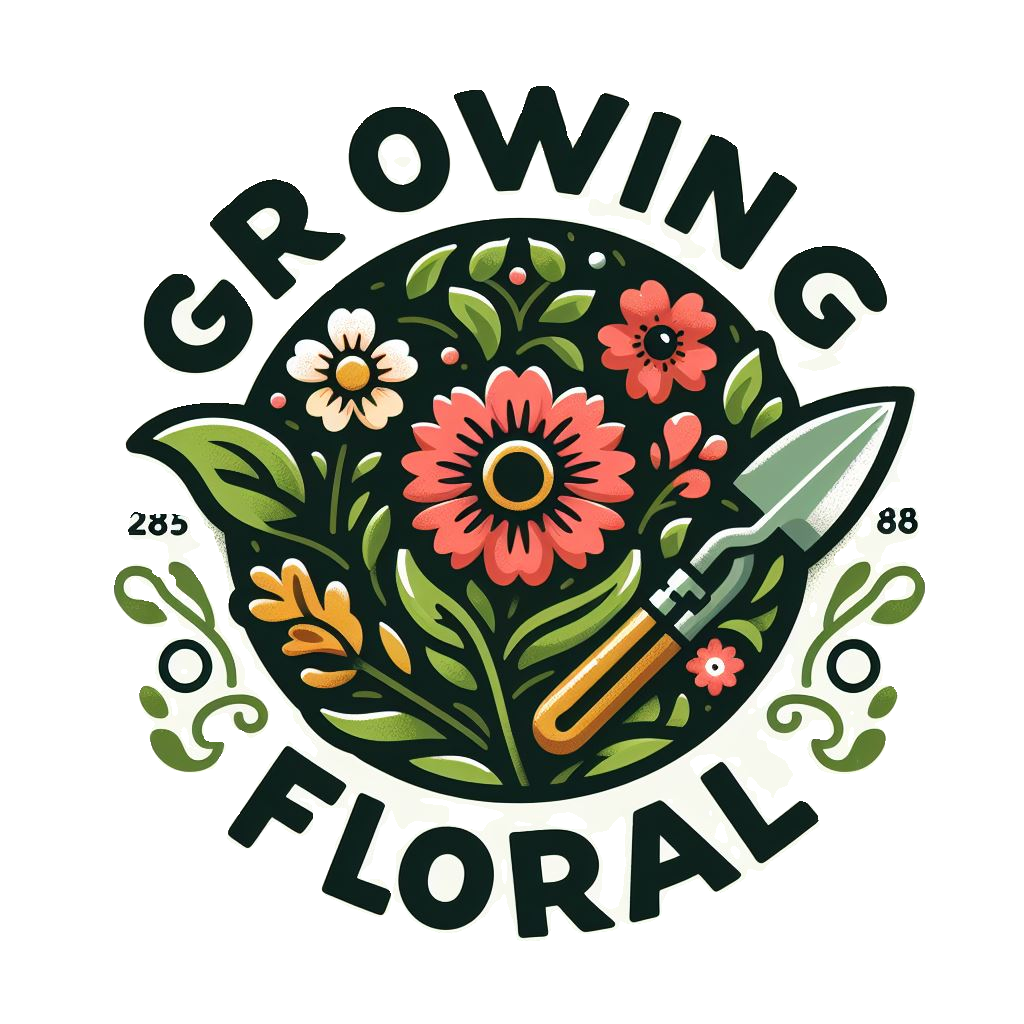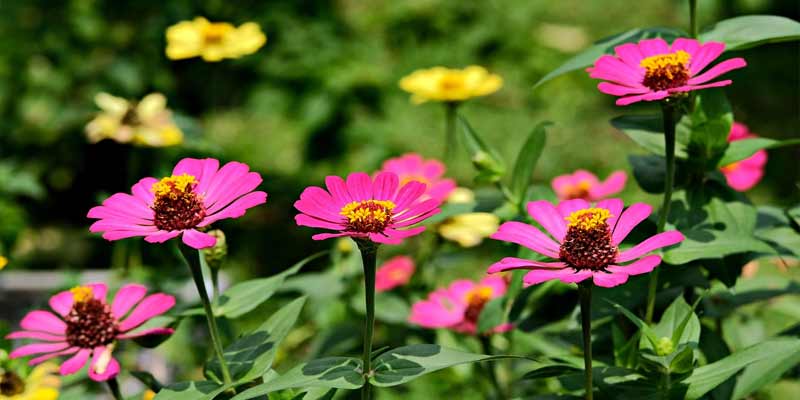With their vibrant hues and cheerful blooms, zinnias indeed become quintessential additions to any garden landscape; these resilient annual flowers not only add color–they charm. Moreover, attracting pollinators, a task at which they excel makes them a favorite among all levels of gardeners. For those aspiring horticulturists looking to cultivate an abundant oasis throughout the growing season bursting with zinnia blossoms, understanding this species’ flowering cycle is essential.
This article delves into the intricacies of zinnias’ blooming patterns as we investigate factors that sway their flowering periods, identify optimal planting times, and devise strategies to enhance their potential for blooming.
An Overview of Zinnias
Members of the Asteraceae family, Zinnia spp., naturally originate from North and South America. Exhibiting a diverse range in their characteristics, these zinnias present various shapes, sizes, and colors; this diversity spans from dainty single-petaled blossoms to abundant double-flowered varieties.
Prized for their easy cultivation, heat tolerance, and prolonged blooming period, zinnias emerge as popular choices since they sparkle in borders; flourish in containers; and captivate cutting gardens.
The Blooming Phenomenon
Zinnias, unfolding in a symphony of color and fragrance throughout their blooming cycle – an enchanting spectacle to behold; captivate gardeners as well as admirers. From sprouting onward–escalating towards the peak of flowering glory–environmental factors, planting techniques, and cultural practices meticulously influence each developmental stage these zinnias undergo.
Timing and Seasonality
Warm-season annuals and zinnias flourish in full sun and well-drained soil. The bloom timing of these flowers intimately relates to prevailing environmental conditions, chiefly temperature, an indicator for growth rate, and daylight duration–a crucial factor directing their reproductive cycle.
Typically, congruent with the peak of warm weather and extended daylight hours in temperate climates—zinnias bloom from mid-summer to early fall; thus reflecting an intimate synchrony with nature’s rhythm.
Zinnia plants, as temperatures rise and daylight increases, undergo rapid growth and flowering; they produce a profusion of blooms that infuse the garden with their radiant colors.
To sustain blooming throughout the season – to ensure resilience against summer heat’s rigors – adequate moisture availability and nutrients play an instrumental role in maintaining healthiness and vibrancy for zinnias.
Planting Times and Strategies
Strategic planting and cultural practices, tailored to the specific requirements of zinnias, hold the key to maximizing their blooming potential. Because they are relatively easy to grow from seed, we can ideally consider them as candidates for direct sowing in our gardens once frost threats have passed.
Gardeners aiming for an early start to the zinnia blooming season can initiate this process by starting seeds indoors, specifically, four to six weeks before the anticipated date of last frost.
Ensuring a head start on blooming and establishing sturdy, healthy plants poised for prolific flowering involves transplanting seedlings outdoors; however, this action must be taken only after soil temperatures have warmed significantly and there is no lingering risk of frost.
Selecting a sunny location with well-drained soil for your zinnias in the garden sets the stage for optimal growth and blooming, this is where it all begins.
Further enhancing soil structure and fertility—amending it, so to speak—with organic matter like compost or aged manure; provides these vibrant flowers not just sustenance but also conditions that nurture them into thriving beauties.
By spacing zinnia plants based on their mature size, one can ensure adequate airflow and light penetration; this reduces the risk of fungal diseases while promoting healthy growth. The necessary spacing for zinnias varies – some varieties may need to be placed as close as six inches apart, whereas others thrive with a gap of up to 18 inches.
In all cases, it is crucial that these measures are taken to provide ample room for root development and encourage prolific flowering.
Cultural Practices for Blooming Success
Gardeners can employ a variety of cultural practices—tailored to zinnias’ specific needs—in order to encourage continuous blooming and prolong the flowering period.
For instance, they could engage in regular deadheading. This process involves the removal of spent flowers; by doing so, faded blooms are eliminated, and seed formation is prevented. As a result, with this redirected energy towards producing new buds instead of seeds—the plant’s blooming season extends further.
Consistently watering zinnias, particularly during drought or intense heat; this practice sustains optimal soil moisture levels and averts dehydration. Yet caution must be exercised to prevent overwatering: excessive water can saturate the soil, potentially leading to root rot and other moisture-related complications that undermine both blooming capacity and overall plant health.
Every 4-6 weeks throughout the growing season, fertilize zinnias with a balanced and water-soluble fertilizer. This practice replenishes their essential nutrients; in turn, it supports robust blooming.
At planting time, incorporate into the soil a slow-release fertilizer. This method provides a steady supply of nutrients that promotes not only healthy growth but also vibrant blooms.
Environmental Factors and Blooming Behavior
Relatively low-maintenance as they may be, zinnias’ blooming behavior and overall performance can still succumb to certain environmental influences. Extreme temperatures; sudden fluctuations in weather; and adverse growing conditions – these factors disrupt the blooming cycle, diminish flower production, and compromise plant vigor.
To mitigate heat stress and maintain optimal growing conditions for zinnias in regions with hot summers, one can provide afternoon shade or implement mulching techniques.
In humid climates where moisture retention poses a concern, promoting healthy blooming and preventing fungal diseases hinges on adequate air circulation; this is crucially important.
Conclusion
Zinnias, in their blooming cycle, bear witness to nature’s resilience and beauty. They unfurl with a kaleidoscope of colors and fragrances that enhance the garden landscape; simultaneously they delight our senses. Gardeners who comprehend the factors that influence zinnia bloom can cultivate a thriving garden filled with these beloved flowers.
In this way, by infusing outdoor spaces with their timeless charm and elegance through adorning flower beds or borders – they epitomize Nature’s enduring allure: her bountiful gift beckons admirers at every turn—each delicate petal, each radiant bloom–an invitation we cannot resist!



Leave a Reply